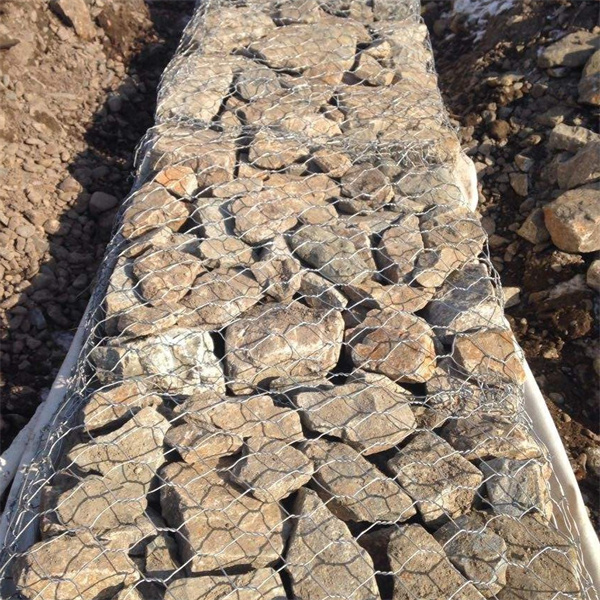ກ.ກ. . 26, 2024 14:42 Back to list
Exploring the Use of Gabion Structures with Gravel in Modern Chinese Landscape Design
Understanding China’s Gabion Gravel Solutions
In recent years, with the rapid advancements in infrastructure development, the usage of gabion gravel in construction and landscaping has gained significant popularity, particularly in China. Gabion structures, comprising wire mesh cages filled with rocks or gravel, serve a multitude of functions, including erosion control, slope stabilization, and decorative landscaping. This article explores the importance, benefits, and applications of gabion gravel in China.
What Are Gabions?
Gabions are wire mesh containers that are filled with a variety of materials, including stones, gravel, or even concrete. The term gabion originates from the Italian word gabbione, meaning big cage. Historically, gabions were employed in military applications for fortifications. However, in modern construction and environmental management, they have found a broader array of applications.
The Importance of Gabion Gravel in China
China's rapid urbanization and infrastructural growth have led to increased demands for effective and sustainable construction materials. Gabion gravel, due to its versatility and durability, plays a pivotal role in various projects. They are widely used in riverbank stabilization, highway construction, and as retaining walls, particularly in areas prone to erosion. The porous nature of gabion structures allows for effective drainage, minimizing hydrostatic pressure, which can lead to soil erosion and structural failure.
Environmental Benefits
china gabion gravel

One of the most significant advantages of gabion gravel is its environmental benefits. In the context of an ever-looming climate crisis, sustainable construction practices are more important than ever. Gabions naturally blend into their surroundings, which means they can enhance the aesthetic value of landscapes while mitigating the impacts of human development. Additionally, they promote biodiversity by providing habitats for various plant and animal species. This feature is particularly relevant in China's vast and diverse ecological regions, where maintaining biodiversity is crucial.
Economic Efficiency
From an economic perspective, gabion gravel solutions prove to be cost-effective. The materials used for filling the gabions are often locally sourced gravel or stone, which reduces transportation costs and minimizes the overall expenditure on materials. Furthermore, the installation of gabion systems is relatively straightforward. Untrained workers can often complete the assembly, cutting down on labor costs and project timelines.
Versatile Applications
Gabion gravel finds application in diverse scenarios. In urban environments, they are utilized for constructing retaining walls and noise barriers, effectively combining utility with aesthetics. In rural and semi-urban areas, gabions are frequently used for flood control and riverbank protection, safeguarding communities from potential natural disasters. Moreover, they are an excellent choice for garden landscaping, where they can create beautiful and functional features such as seating areas or planters.
Conclusion
As China continues to push boundaries in both infrastructure development and environmental sustainability, gabion gravel emerges as a formidable solution for various construction challenges. Its multifunctional properties, coupled with ecological advantages and cost-efficiency, make it an ideal choice for new projects. Whether addressing erosion control in remote areas or enhancing urban landscapes, gabion gravel stands out as an innovative and effective material suited for modern engineering and environmental sustainability. As the nation moves forward, continued exploration and application of gabion technology will undoubtedly play a crucial role in shaping its future.
-
The Role of Galvanized Gabion Mesh in Riverbank Protection
NewsJun.26,2025
-
The Role of Gabion Basket Raised Bed in Sustainable Gardening
NewsJun.26,2025
-
Quality Assurance of Wire Mesh Gabion Baskets
NewsJun.26,2025
-
Installation Guide for Welded Gabion Box
NewsJun.26,2025
-
How to Choose the Right Gabion Box
NewsJun.26,2025
-
Different Types of Gabion Wire Mesh
NewsJun.26,2025
-
Why PVC Coated Gabion Mattress Is the Best Solution for Long-Term Erosion Control
NewsMay.23,2025






